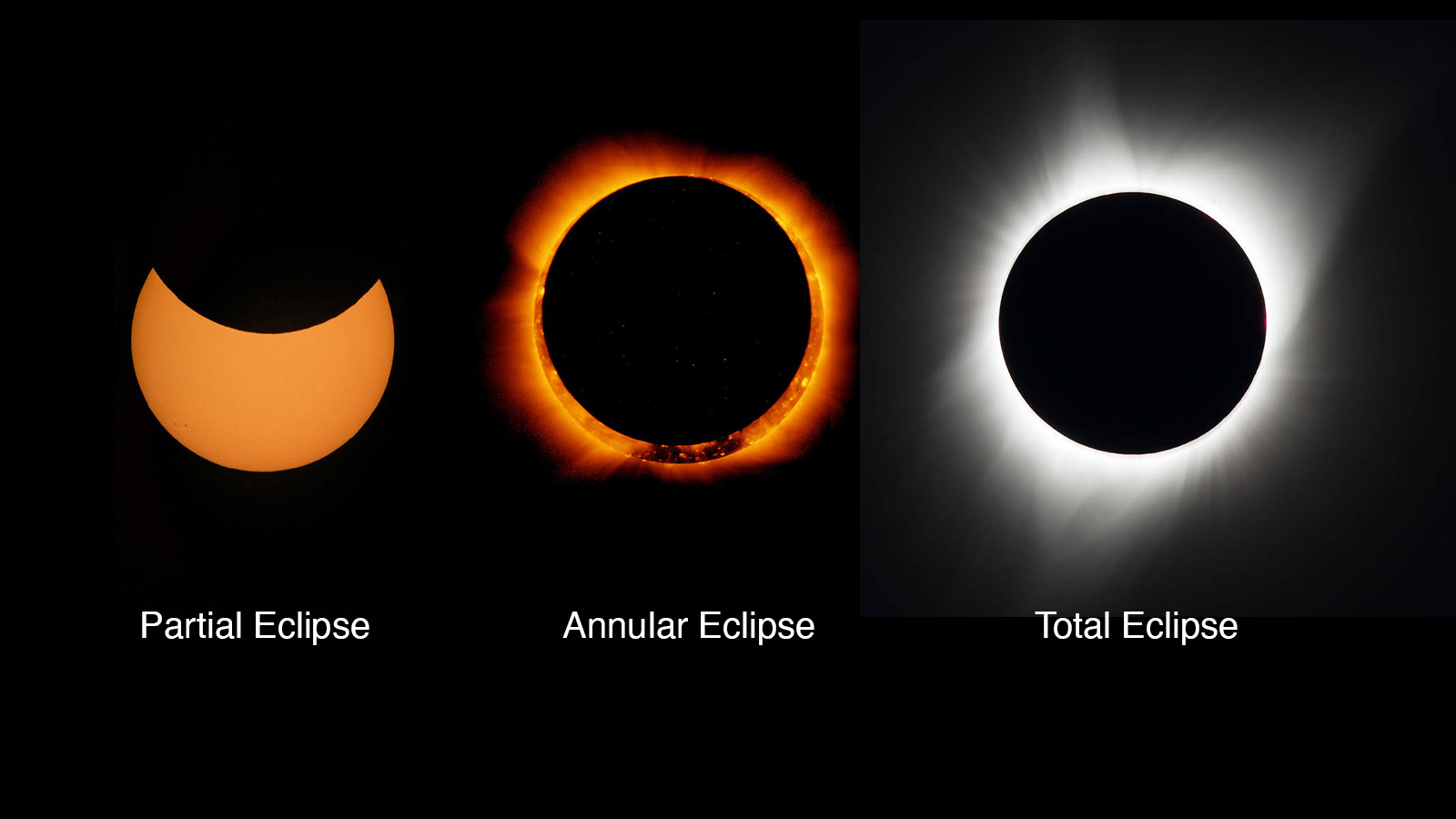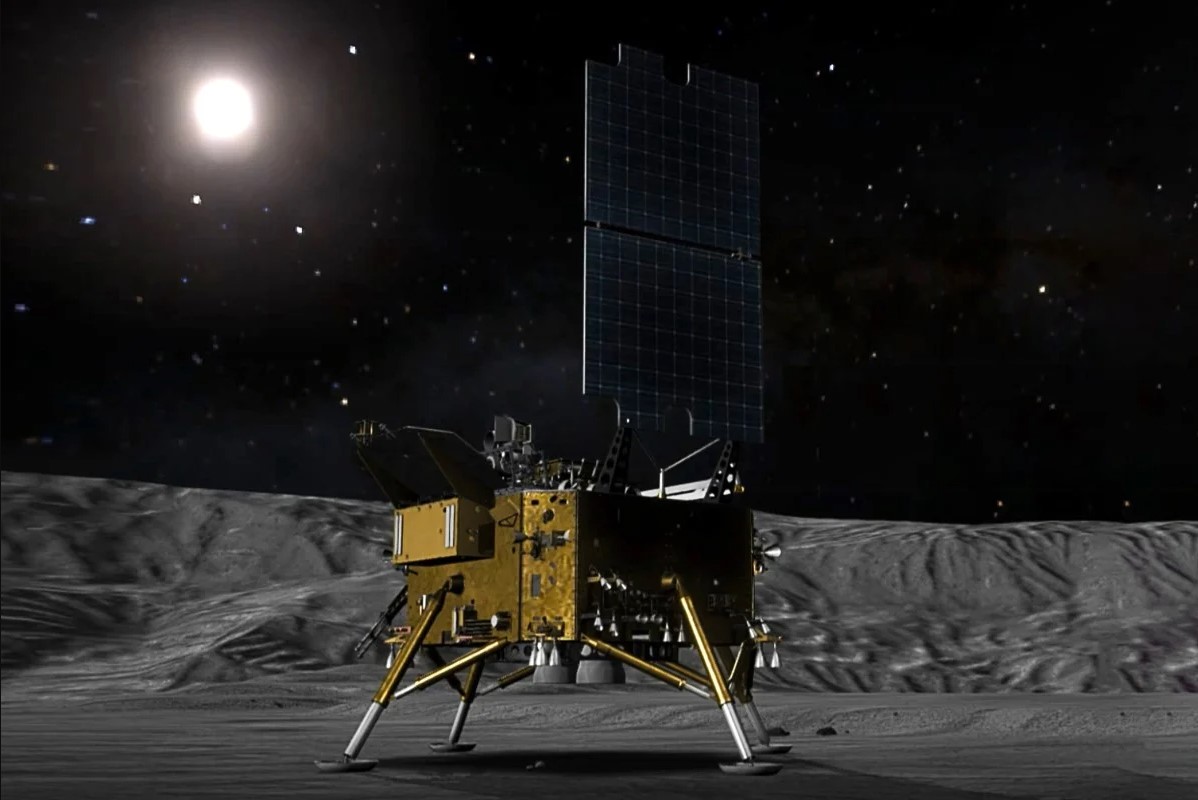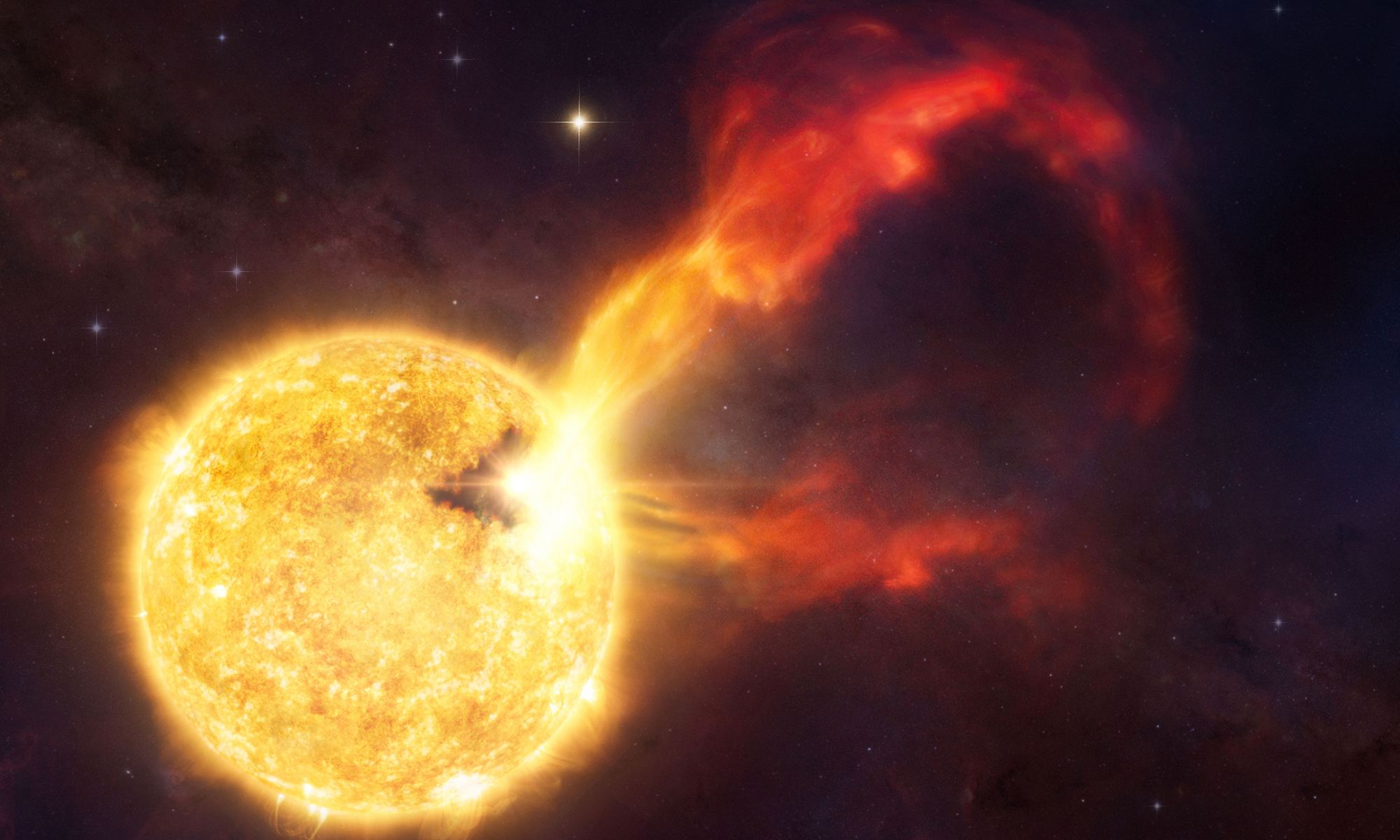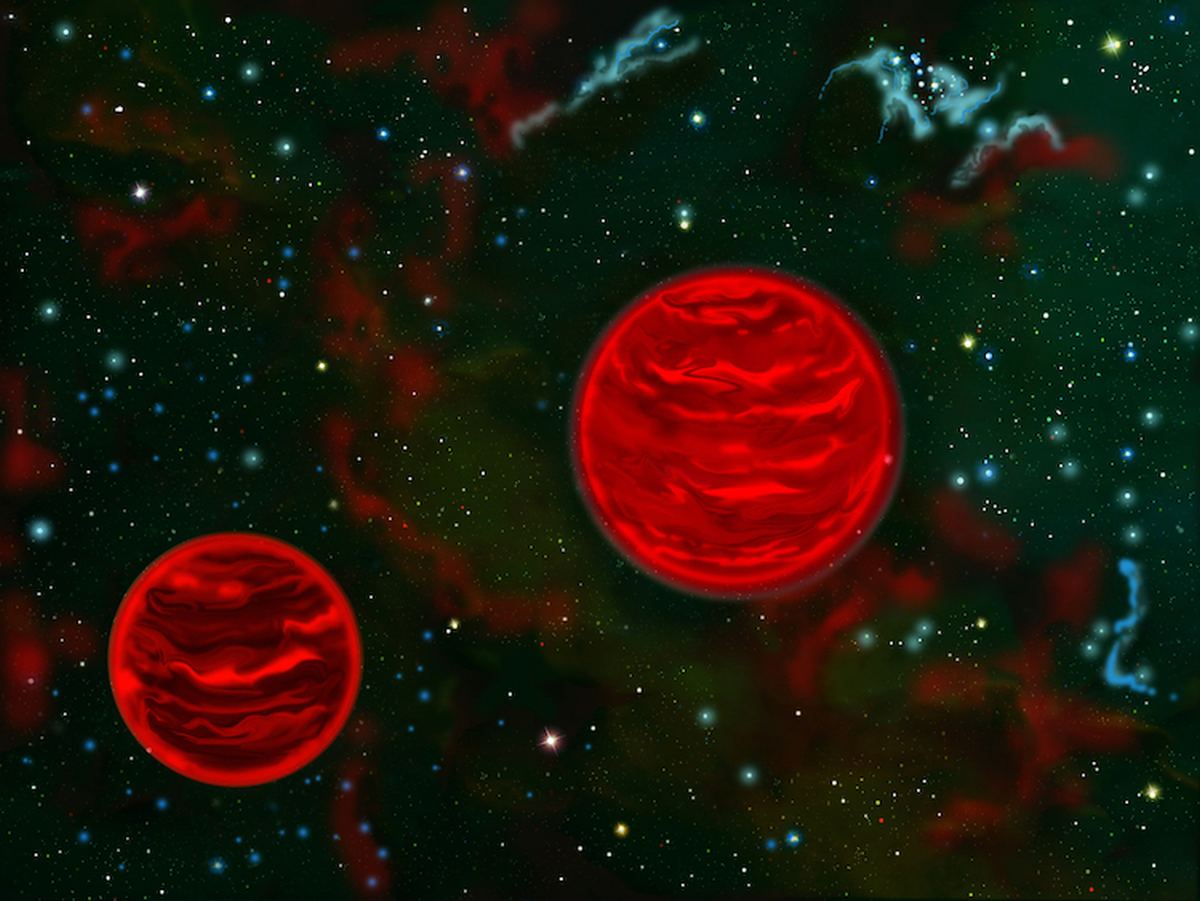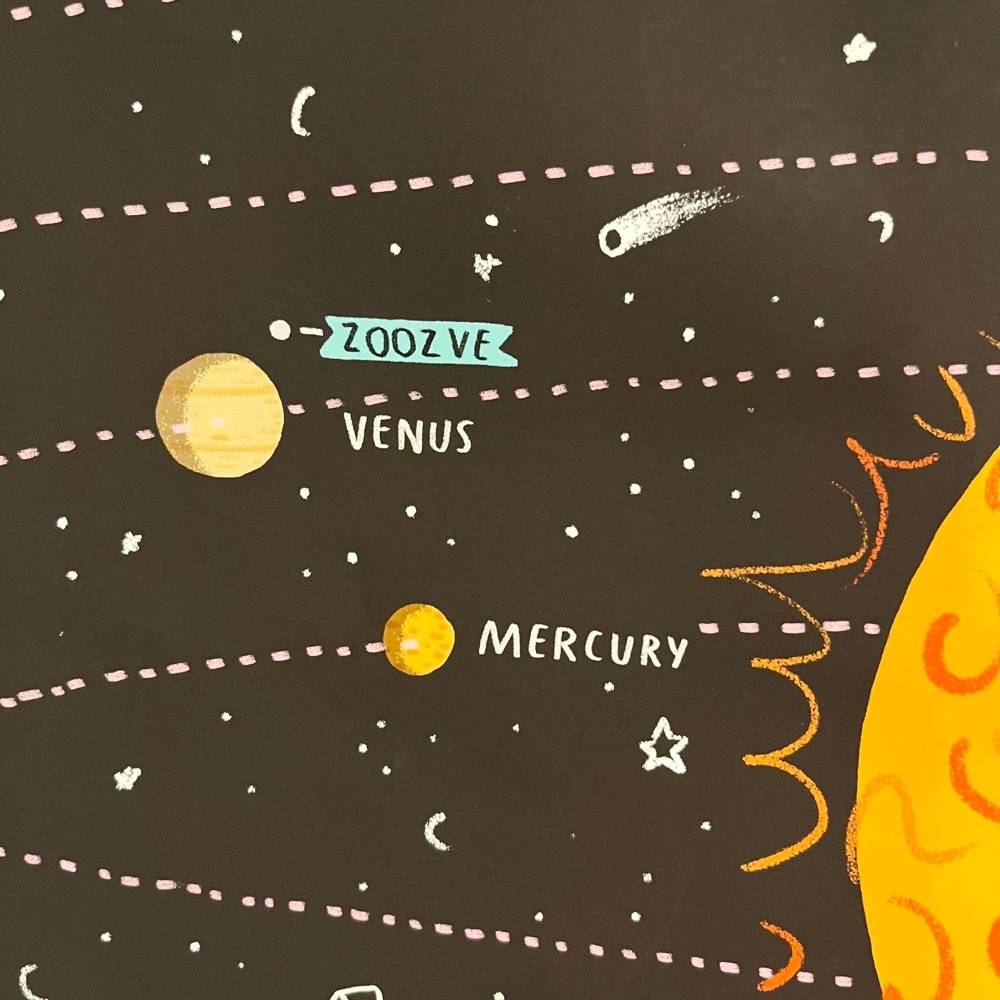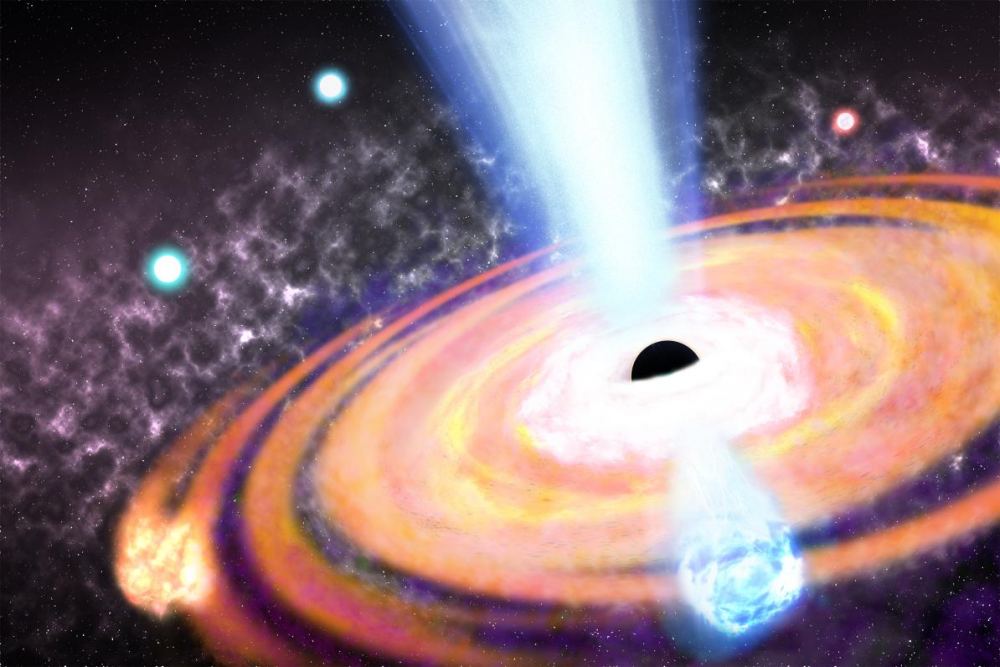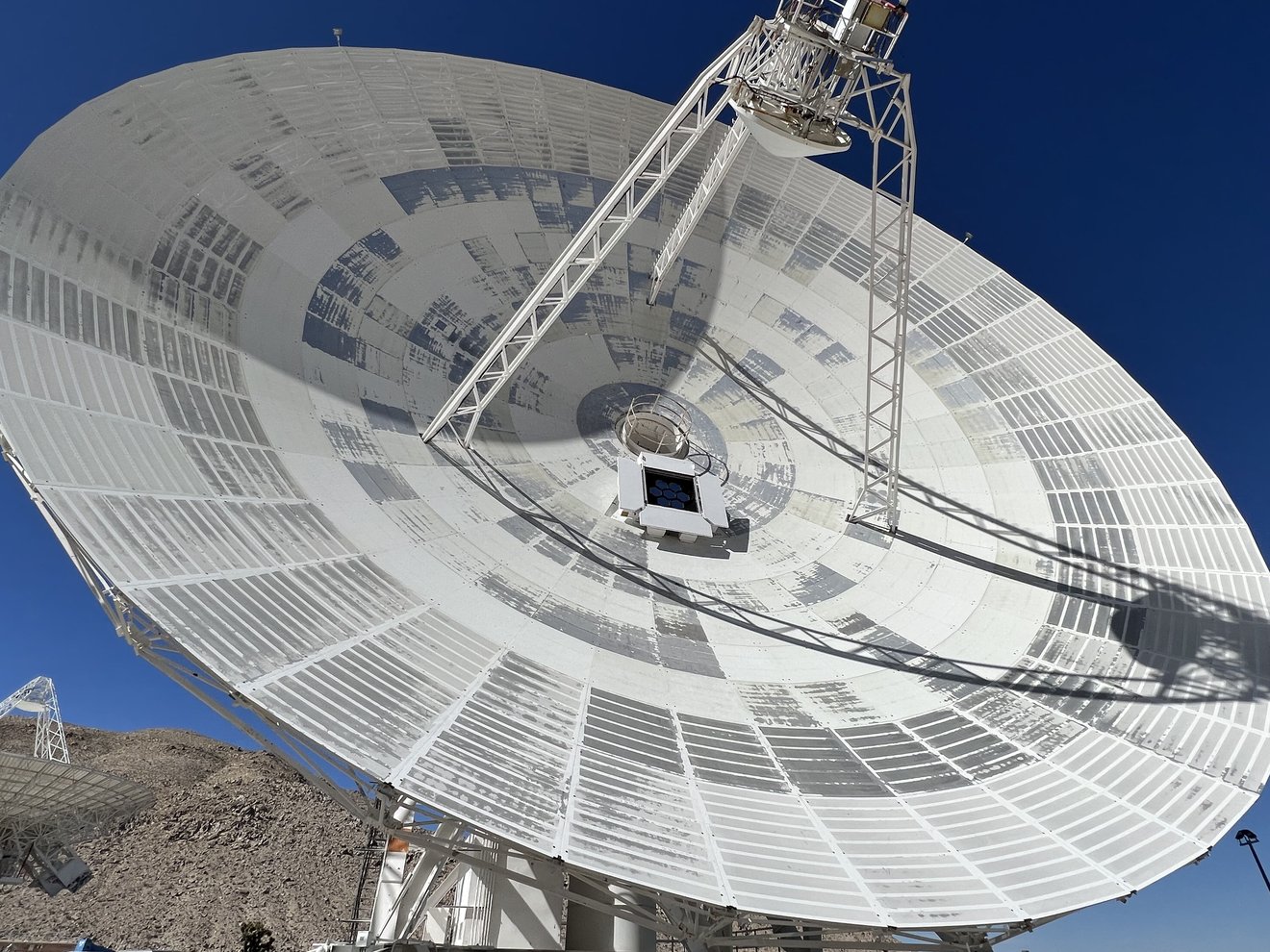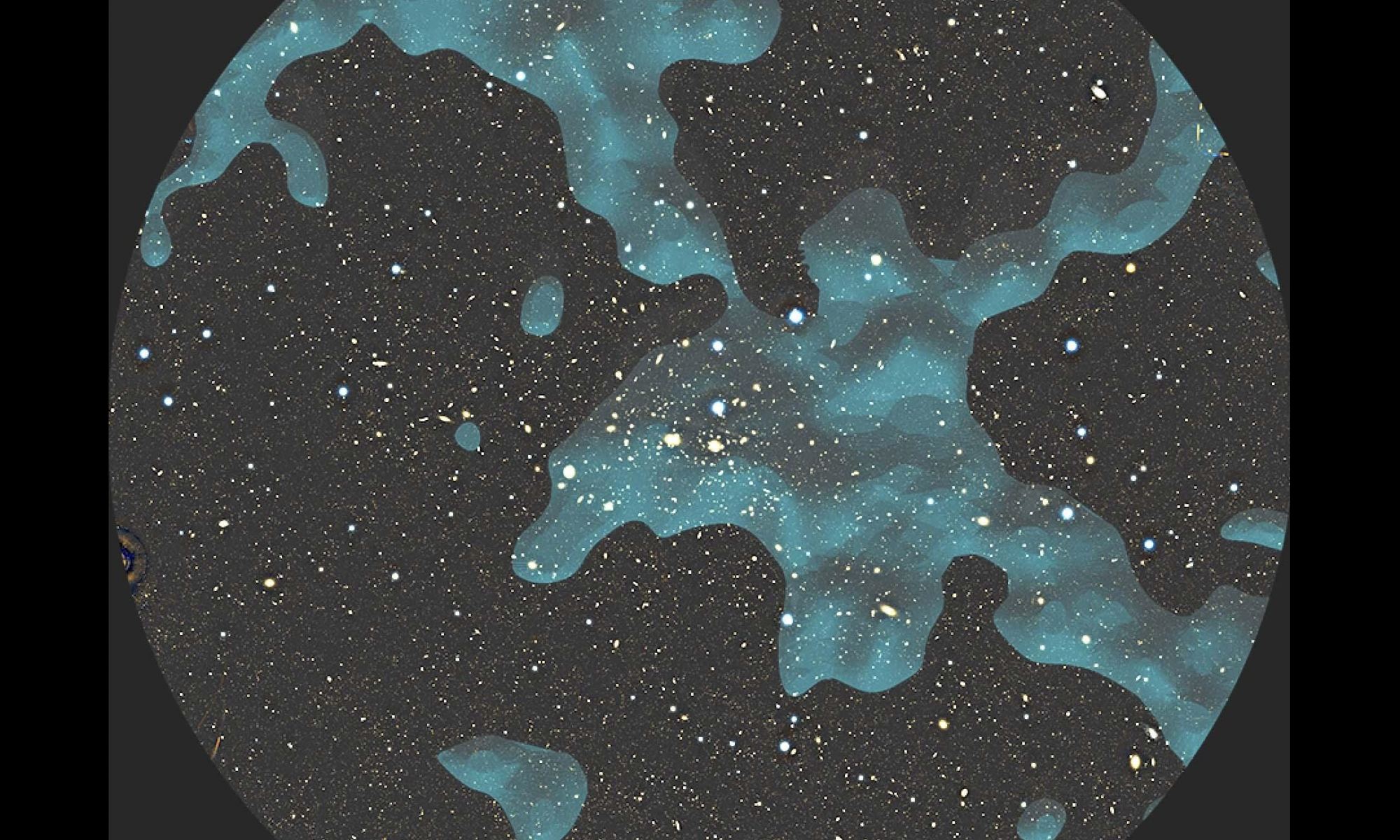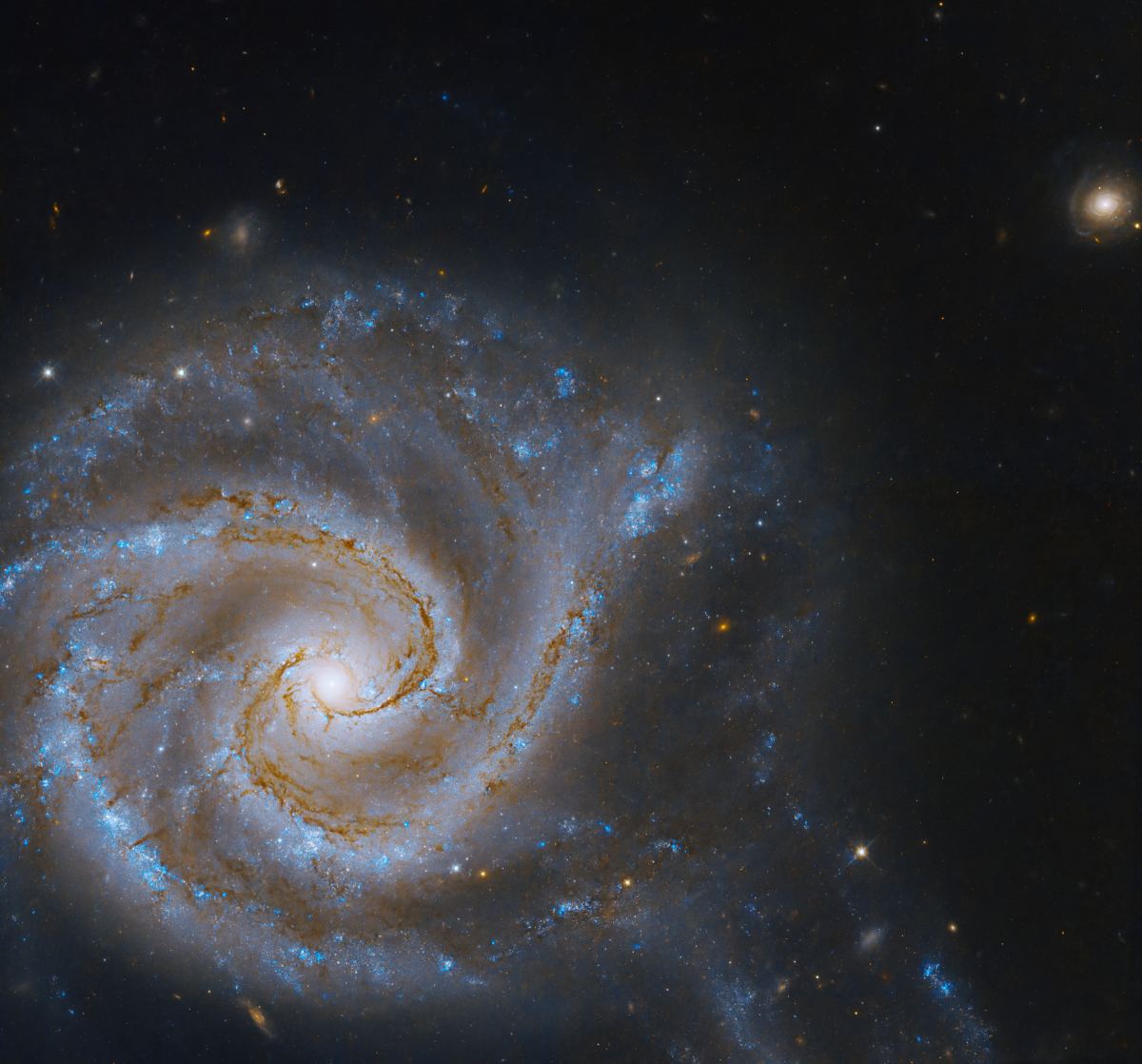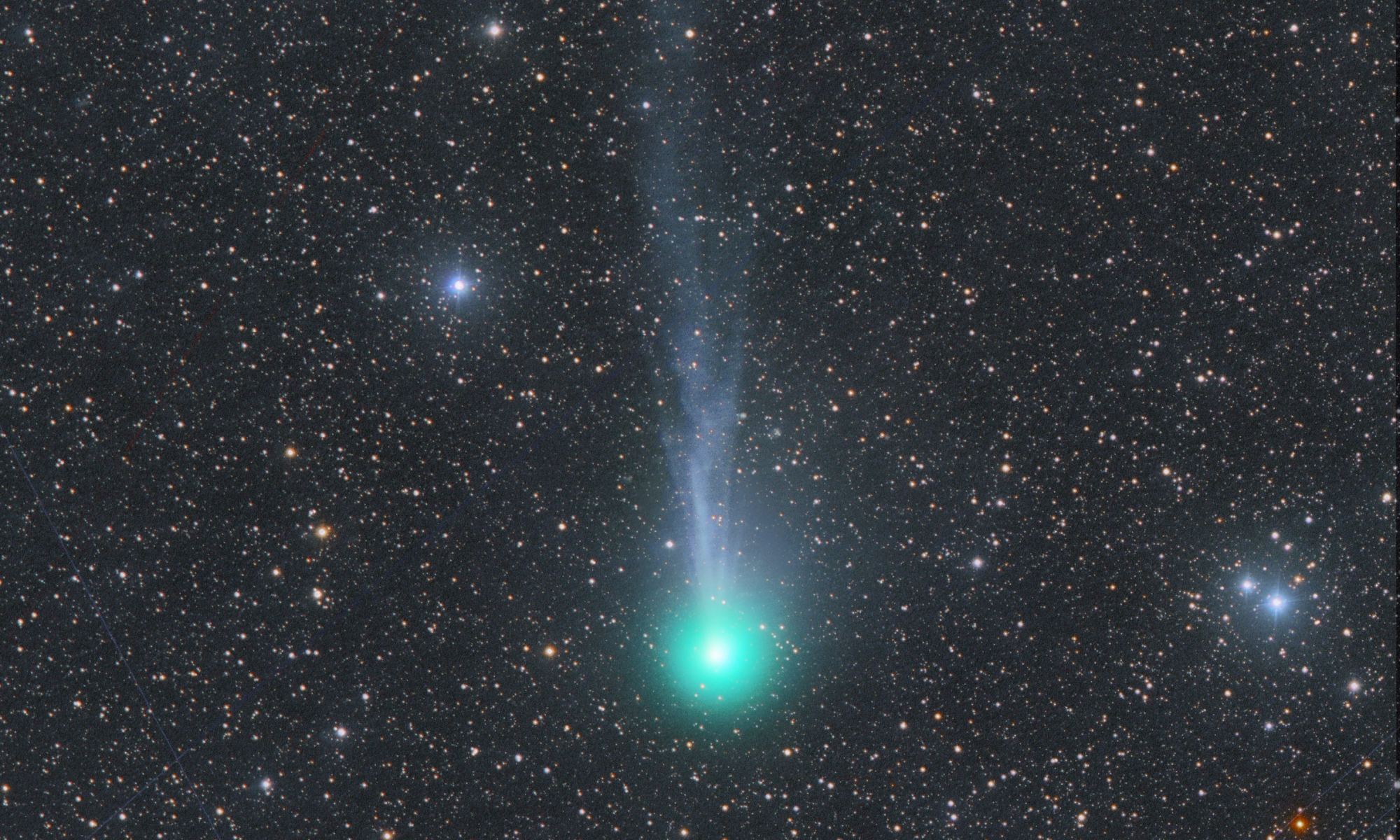April 8’s North American solar eclipse is just around the corner, and it has astronomy fans and weather aficionados alike preparing for an incredible show. But it’s not just fun and games. Eclipses are rare opportunities for scientists to study phenomena that only come around once in a while.
Last week, a team of meteorological experts from the Netherlands released a paper describing how eclipses can disrupt the formation of certain types of clouds. Their findings have implications for futuristic geoengineering schemes that propose to artificially block sunlight to combat climate change.
Continue reading “Solar Eclipses Provide a Rare Way to Study Cloud Formation”
